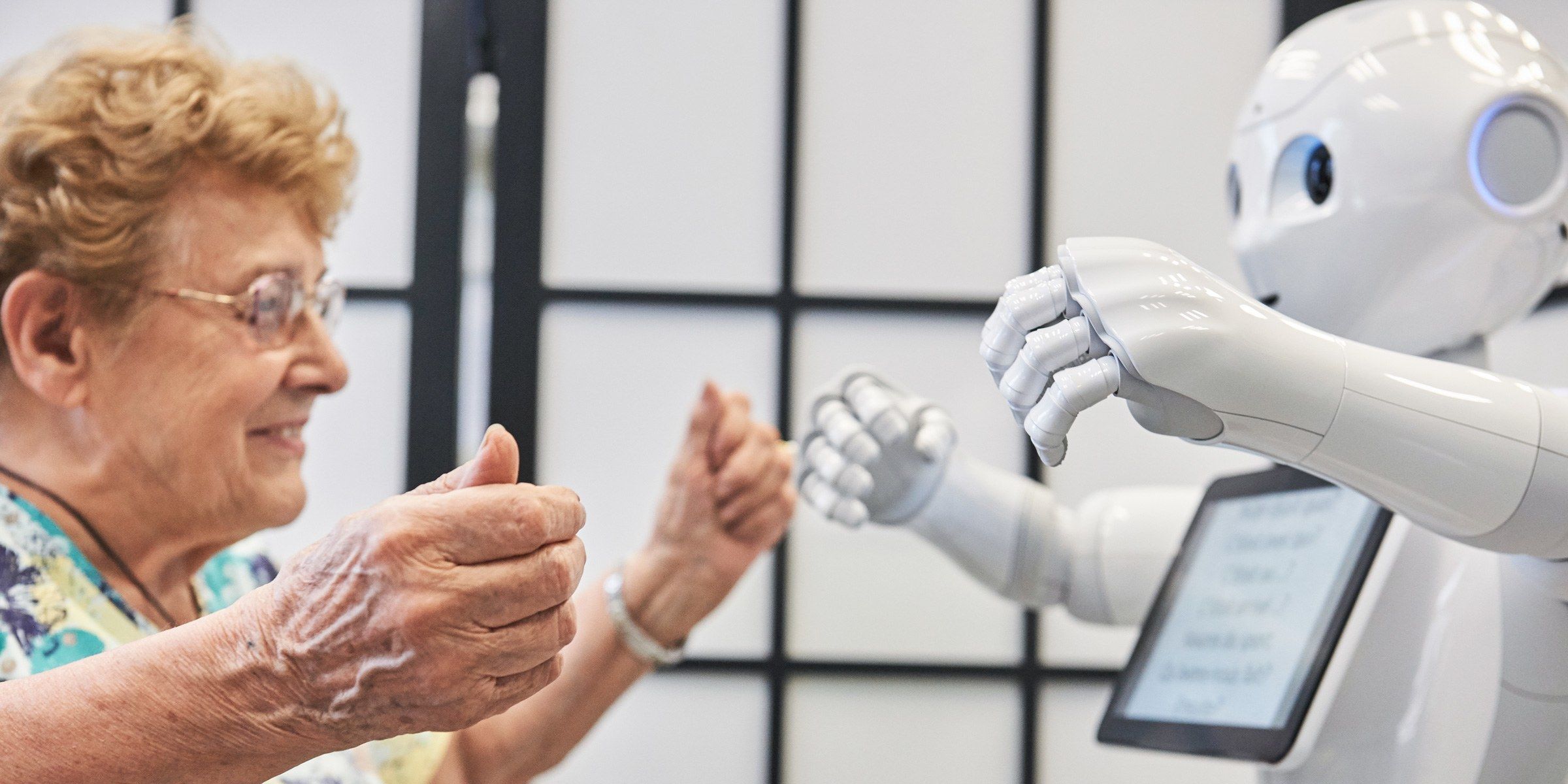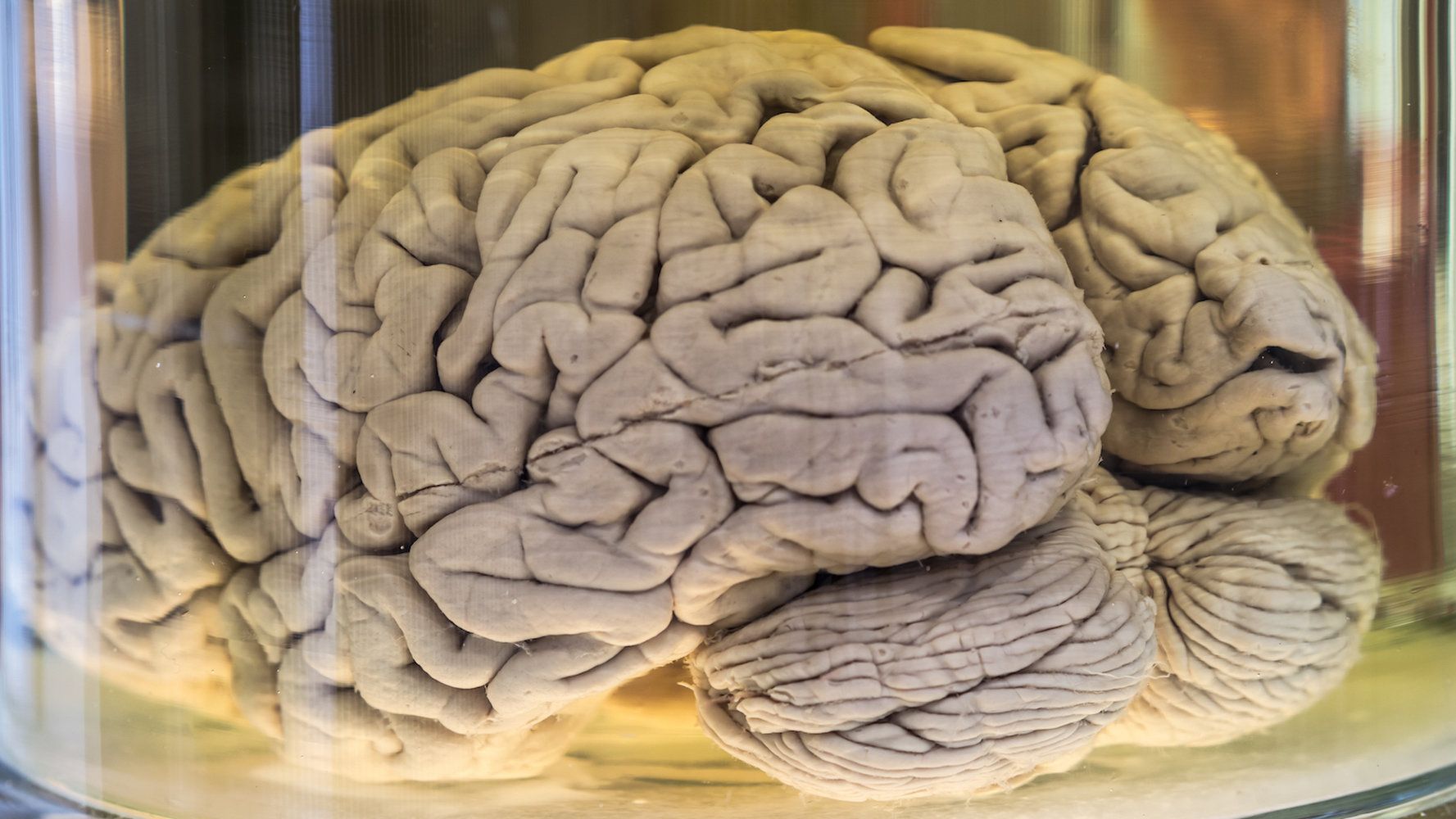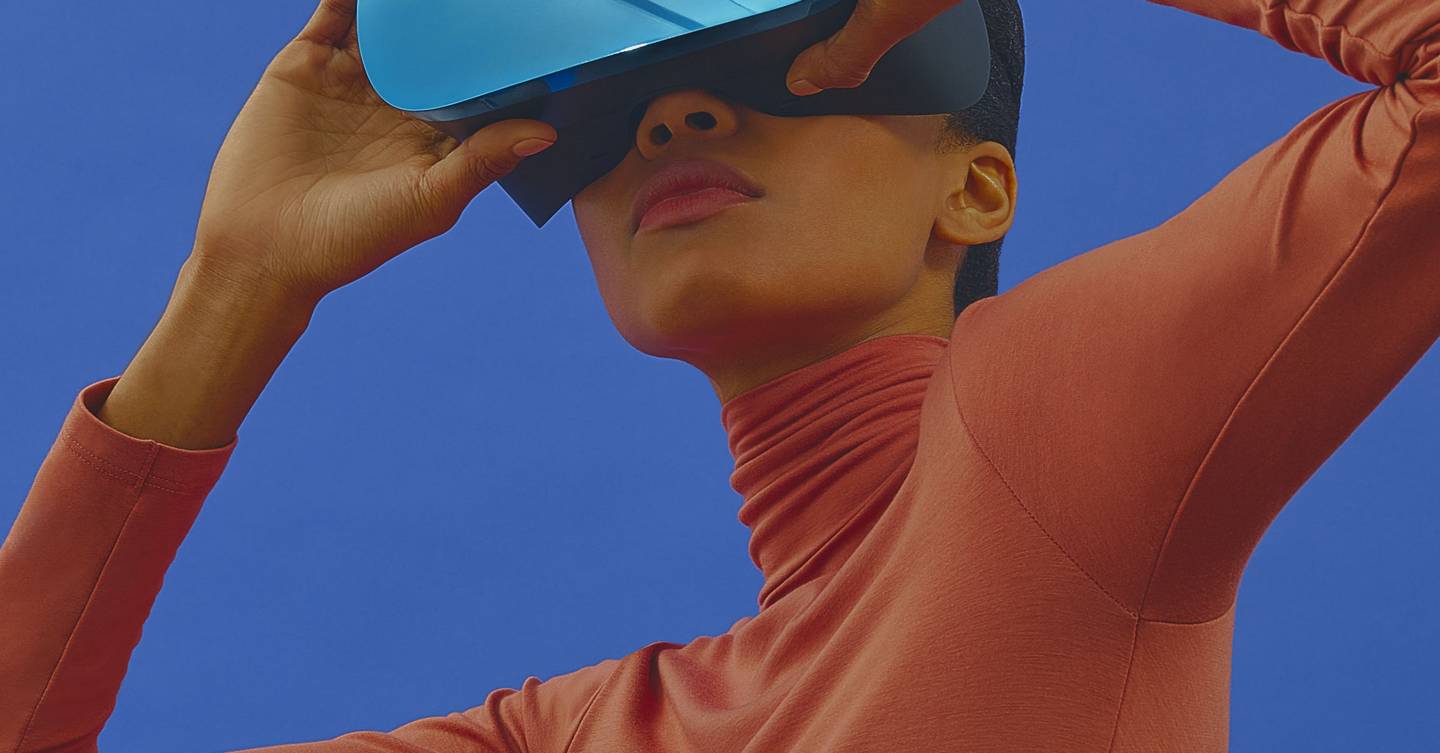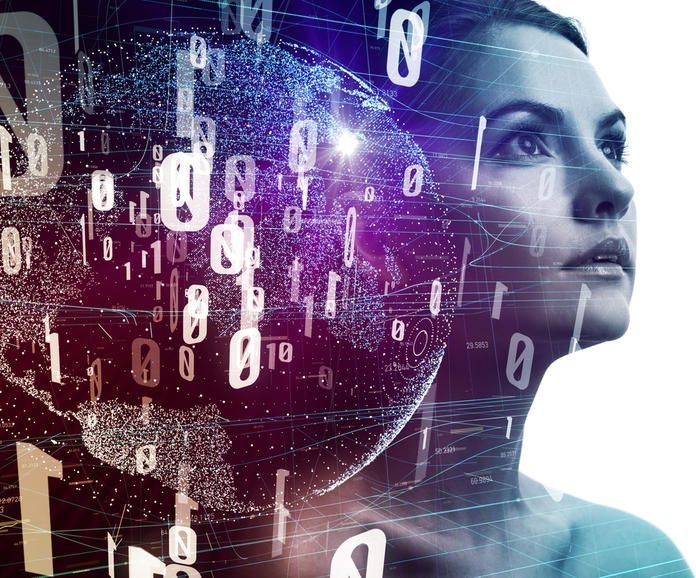Page 9715
Jun 24, 2018
IT’S OFFICIAL: General Relativity Was Just Tested on Galactic Scales, Proving Einstein Right Again
Posted by Michael Lance in category: space
Einstein’s theory was validated on a galactic scale.
The curvature of empty space caused by an entire galaxy has now been pinned down with unprecedented precision, demonstrating Einstein’s theory of general relativity still rules on a super-sized scale.
Not that anybody is seriously surprised. But on the off chance the results had failed to meet expectations, they might have provided insight into some of the Universe’s biggest mysteries. It can be so boring being right in science.
Jun 24, 2018
A Plea for AI That Serves Humanity Instead of Replacing It
Posted by Shailesh Prasad in category: robotics/AI
A new group formed by MIT’s Media Lab and IEEE thinks artificial intelligence should complement human endeavors, not just serve the corporate bottom line.
Jun 24, 2018
Futuristic ‘sensory deprivation tanks’ make you feel like you’re floating in space
Posted by Shailesh Prasad in categories: futurism, space
Jun 24, 2018
This virtual reality headset runs at human-eye resolution
Posted by Shailesh Prasad in categories: entertainment, virtual reality
Varjo’s VR headset lets you see virtual objects in much greater detail, and could be used for training, design or entertainment.
Jun 24, 2018
Is your brain an analog or digital device? New research surprises
Posted by Shailesh Prasad in category: neuroscience
Compare an analog and a digital audio recording medium. VHS video tape — an analog medium — stores a continuous curve of modulated audio/visual information. In a digital CD continuous audio is sliced into 44,100 frames a second, and represented by discrete numbers.
On playback the sounds are presented as continuous, much as the individual still frames of a motion picture appear continuous when played back fast enough. Most people can’t hear the difference between digital and analog recordings, me included, but those who say they do may spend thousands on turntables and tube amps to get the full analog experience.
From measurements, we know that neuron currents are continuous, not step functions. The important question is how is the information represented by these signals? Most psychological research assumes continuous or analog representation, but in the lengthy paper Is Information in the Brain Represented in Continuous or Discrete Form? James Tee and Desmond Taylor of the University of Canterbury make a strong theoretical and experimental case for digital data.
Continue reading “Is your brain an analog or digital device? New research surprises” »
X-ray vision has long seemed like a far-fetched sci-fi fantasy, but over the last decade a team led by Professor Dina Katabi from MIT’s Computer Science and Artificial Intelligence Laboratory (CSAIL) has continually gotten us closer to seeing through walls.
Their latest project, “RF-Pose,” uses artificial intelligence (AI) to teach wireless devices to sense people’s postures and movement, even from the other side of a wall.


















